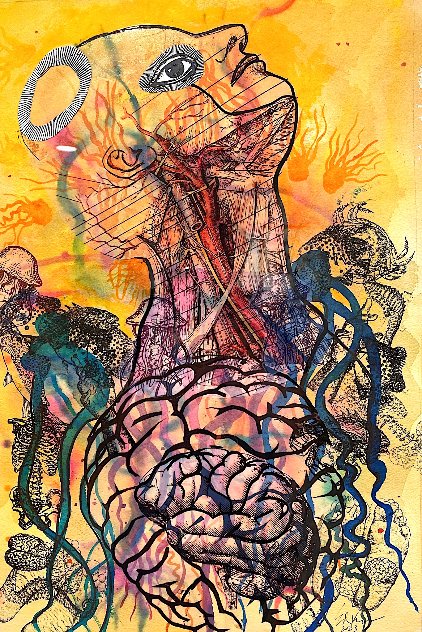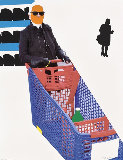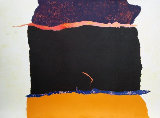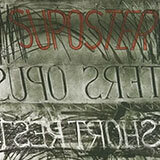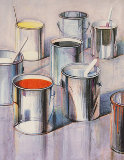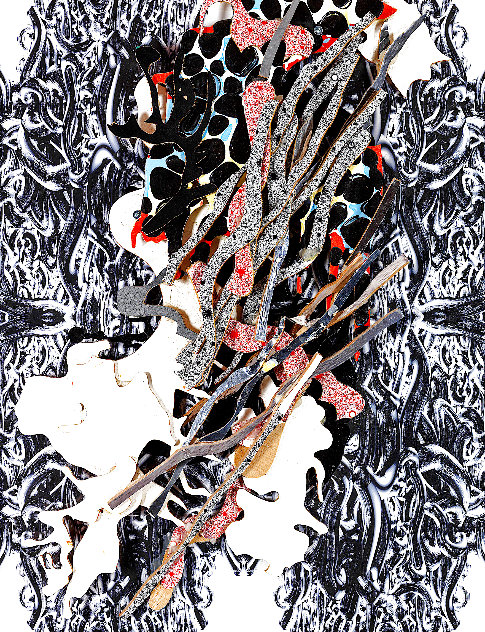






Be Bop Black Top
Ed Kerns
Original Painting : Acrylic Paint, Archival Paper w/ Painted and Digitally Printed Archival Paper
Size : 34x24 in | 86x61 cm
Framed : 34x24 in | 86x61 cm
Reduced
- 🔥Framed 3-D Mixed Media Collage on Paper - Blue Chip - Abstract Expressionist $5,700
Year2016
Hand SignedUpper Right on Verso
Condition Excellent
Framed with PlexiglassElements are Bolted to the Outside of the Plexigla
Purchased fromArtist 2016
Story / Additional InfoWork was shown at the HAVU Gallery in Denver. "Students of Clyfford Still" on the occasion of the museum of his work opening in Denver, Co. Work was shown in Grossman Gallery and in Manhattan.
Certificate of AuthenticityArt Brokerage
Additional InformationMotivated
LID155284
Ed Kerns - United States
Art Brokerage: Ed Kerns American Abstract Expressionist Artist: b. 1945. Ed Kerns (February 22, 1945) is an American abstract artist and educator. Kerns studied with the noted Abstract-Expressionist painter, Grace Hartigan and through the elder artist came to know and work with many artists of that generation including, Phillip Guston, Willem de Kooning, James Brooks, Ernest Briggs, Richard Diebenkorn and Sam Francis. Born in 1945 in Richmond, Virginia, Kerns started painting at a young age. He attended the Richmond Professional Institute, receiving his BFA in 1967. He went on to the Maryland Institute, where he studied with painter Grace Hartigan. Here, Kerns received the Hoffberger Fellowship and graduated with an MFA in 1969. Kerns first gained exposure in 1972, when he was commissioned by art collector Larry Aldrich to paint 100 paintings over the course of the year as gifts.That same year, Kerns had his first solo art show at the AM Sachs Gallery in New York. Over the course of the 1970s and 80s, Kerns formed a close partnership with the Rosa Esman Gallery and exhibited ten solo shows there. Of his work in the late 1970s and early 80s, gallery coordinator Judith Stein says, "He works slowly, creating no more than ten large paintings a year. His media are acrylic, sand, and thread, the last used to stitch together sections of canvas. Often plywood or upsom board is used as support." Listings wanted.

